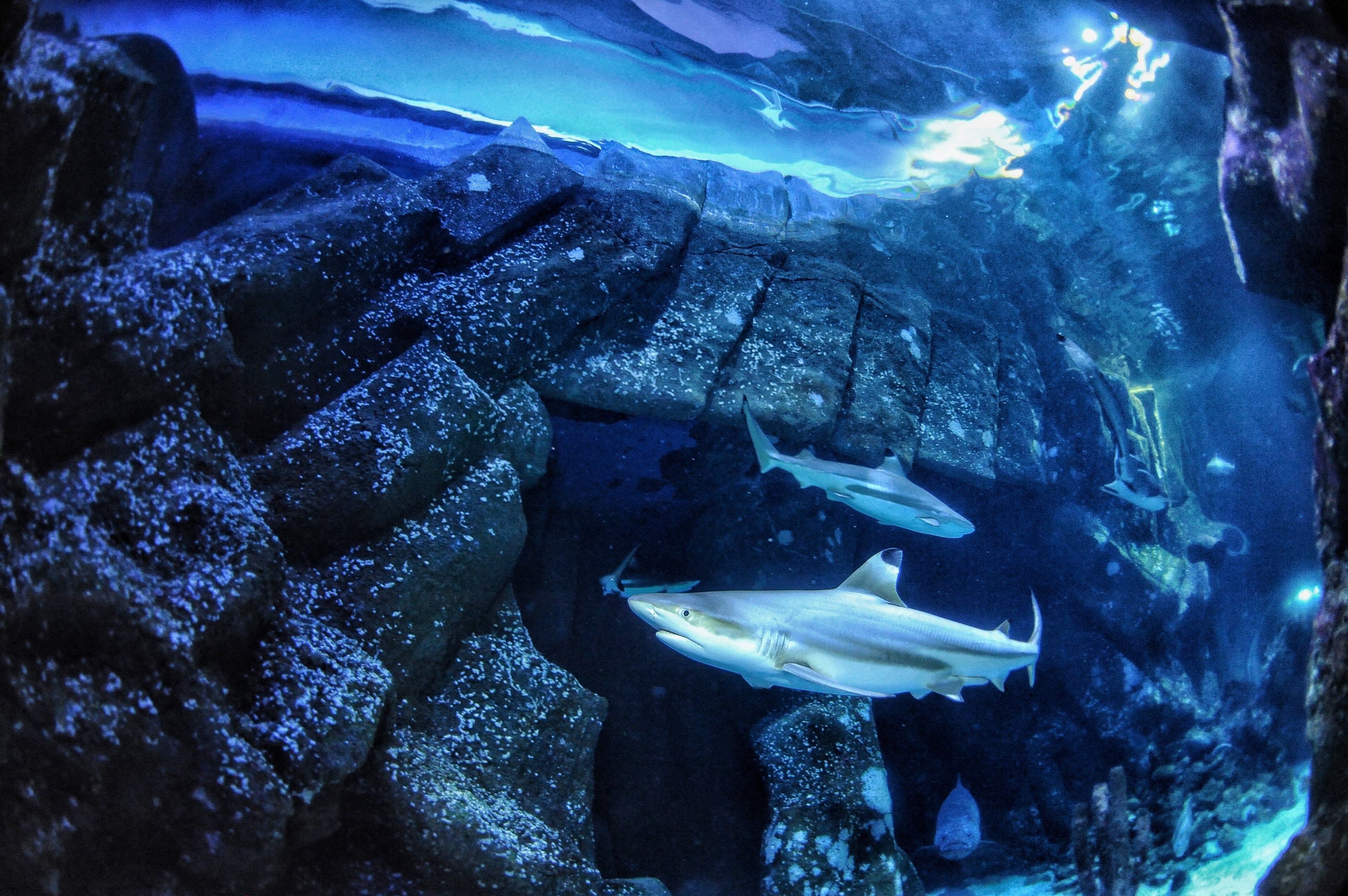Squirrels are hard to keep out of trees

Q: I have two pecan trees in my rear yard. I have tried everything I can think of to keep squirrels from climbing the trees and eating pecans while they are still green. Is there anything I can do to keep them out of the trees? — Eddie Dillard, Atlanta
A: You can find plenty of advice online about how to control squirrels. You’re welcome to try them all. But if you read the comments from people who’ve tried them, you’ll find that repellents don’t work (evidently squirrels don’t have refined noses, and they can even eat sunflower seeds soaked in hot pepper oil). Trapping is ineffective because no matter how many squirrels you remove, others will move in to take their place.
If your trees are far enough from other trees to be out of the squirrels’ jump zone, these will work:
1. Use a metal barrier: Wrap a three-foot wide metal barrier starting six feet up around the trunk of your tree to prevent squirrels from climbing up from the ground.
2. Remove low branches: Remove any branches that are less than six feet from the ground.
If you can’t get the trees out of their jump zone, then squirrels will share pecans with you.
Q: I have two amaryllis bulbs that I planted in pots at the beginning of the summer. I intended to plant them in the yard but never got around to it. Now the leaves on them are about three feet long. What should I do now? — Pam McKee, North Decatur
A: You’ve given the amaryllis a nice summer. In order to bloom, they need an equally nice winter: one that does not freeze the bulb. The best way to ensure this is to cut the foliage back to one inch above the bulb neck, keep them in the pot, and bring them indoors to a dry and cool place. Check on them a couple of times in winter. If the soil seems extremely dry, give them a quarter cup of water. By spring they will be convinced that they have had a good winter. You can bring them outdoors when nighttime temperatures are above 50 degrees. The leaves will shoot up and you will get the blooms that you wanted.
Q: Will 10-6-4 fertilizer or Osmocote hurt my English ivy ground cover? — Costa Tsolias, email
A: Fertilizer with an analysis of 10-6-4 is derived from natural sources like feather meal, compost, and greensand. These components release nutrients very slowly, which means there is little chance of hurting the ivy. Osmolcote contains synthetic fertilizer ingredients that are coated with materials that release their nutrients slowly as well. Again, no problem.


